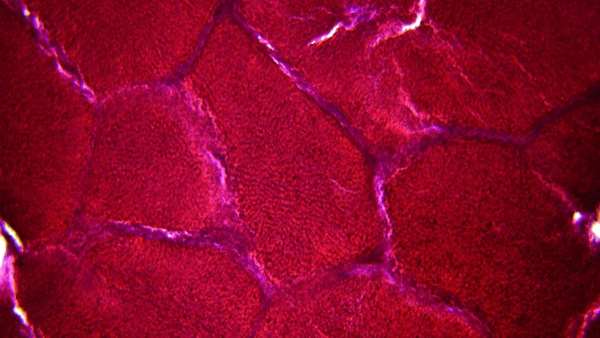Artificial organ growth manipulated by novel 3D-printed fluid system
A team of scientists from the University of Washington Medicine Institute of Stem Cell and Regenerative Medicine (WA, USA) and Rice University (TX, USA) has developed a novel method to control the growth of artificial organs.
A team of scientists from the University of Washington Medicine Institute of Stem Cell and Regenerative Medicine (WA, USA) and Rice University (TX, USA) has developed a novel method to control the growth of artificial organs. The technique, termed Heat Exchangers for Actuation of Transcription (HEAT), uses a radiator-like fluid system to manipulate the genetic wiring of cells deep inside artificial tissues.
Their research was recently published in the journal Science Advances.
More than 500 million people worldwide suffer from liver disease. Whilst scientists strive to engineer artificial tissues to replace the functions lost by these diseases, there are still many hurdles to overcome.
In their research, the team 3D-printed a fluid system that supplies heat to an artificial organ as it develops. When this heat is supplied to a specific location within the tissue, it can trigger gene expression – enabling the spatial control of the development of the liver, for example.
During their latest study, the team used HEAT to successfully activate Wnt signaling networks, which are involved in the regulation, development and maintenance of body tissues.
The investigators believe that this knowledge could offer ideas not only for developing working organs from stem cells but also for managing implanted organ tissues.
Whilst the team encountered limitations in fully controlling the heat transfer, they are hopeful that the novel technique could reveal how genetic patterning affects the segregation of tissues and various liver functions. They believe that modifications in the design could help overcome some of these limitations and that their method could be coupled with other progress in tissue engineering.
“What I love about HEAT is that it’s an independent way to control gene expression compared to other tools generally available for mammalian gene activation, such as those that rely on chemicals or light,” concluded study author, Jordan Miller (Rice University). “The elegance of HEAT is that we used mass transfer with flow to deliver the heat transfer. This works so well because both phenomena follow similar physical transfer laws.”
Link: https://www.regmednet.com/artificial-organ-growth-manipulated-by-novel-3d-printed-fluid-system/




ارسال به دوستان